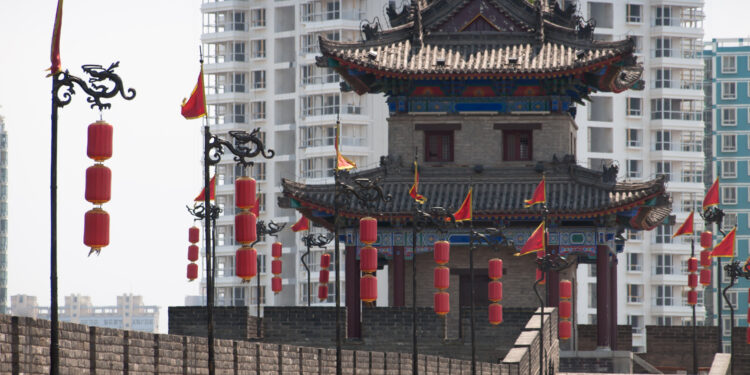Pablo Rubio Apiolaza
PhD in Contemporary History (Autonomous University of Madrid), specialist in Latin American political history, and collaborator of the Fundación Alternativas
In a historical process that has accelerated in the 21st century, China’s impact on the global system has grown steadily. Its growing influence and hegemonic projection have transformed geopolitics and the position of international actors, as well as their interests, challenging the liberal international order that emerged after World War II, led by the United States. From the founding of the People’s Republic of China in 1949 and the implementation of the “Great Leap Forward” a decade later, under the leadership of Mao Tse-tung, to the economic reforms promoted by Deng Xiaoping in 1978, the Asian giant has followed a long path of modernization and positioning itself on the global stage, in line with its millennia-long gradualism.
In the case of Latin America—considered the United States’ most important historical partner during the 20th century, both before and after the Cold War—Chinese influence has grown in recent decades, changing a hegemonic structure and historical relations in Latin America that until recently remained largely unchallenged.
As an illustrative example, the economic dynamic has evolved from a relationship of collaboration to a situation of mutual dependence between China and Latin America. According to figures provided by ECLAC, trade between the two regions exceeded $500 billion in 2024, representing a 35-fold increase compared to 2000. Currently, China is the main trading partner for all of South America, especially for countries such as Brazil, Peru, and Chile, and is making significant inroads into Mexico. In the case of Brazil—the largest economic and demographic power in the region—the relationship has grown exponentially, consolidating its position as China’s main trading partner in Latin America. In 2023 alone, bilateral trade reached $181 billion, with Brazilian exports totaling $122 billion, generating a trade surplus of $63 billion for that economy. Approximately 25% of China’s food imports come from Brazil, reinforcing a situation of relative dependence.
In this context of long-term ties, which combines business opportunities with the projection of geopolitical influence between both regions, the Fourth Ministerial Meeting of the China-Community of Latin American and Caribbean States (CELAC) Forum was held in Beijing on May 13, 2025. Chinese President Xi Jinping, Colombian President and CELAC President pro tempore Gustavo Petro, Brazilian President Luiz Inácio Lula da Silva, Chilean President Gabriel Boric, and heads of delegation from 33 countries in the region participated.
It is interesting to review some passages from the Final Declaration issued by the meeting, which states: “Over the past ten years, the two sides have achieved fruitful results in bi-regional cooperation, based on the principles of sovereign equality, respect, plurality, openness, and mutual benefit, thanks to joint efforts and South-South cooperation. In this context of multiple relations with different regions of the world, we reiterate our willingness, with openness and inclusion, to continue working to consolidate the CELAC-China Forum as a platform for expanding bi-regional cooperation between Latin America and the Caribbean and the People’s Republic of China.” In this way, China consolidates itself not only as an eminently commercial and economic partner, but also as a promoter of a new model of “South-South” international relations, an alternative to that developed in recent history.
Along the same lines, the document emphasizes: “We highlight the supportive role of the countries of the Global South and reaffirm our intention to coordinate efforts to advance toward modernization and sustainable development, linking the strengths and capabilities of our States.”
What commitment did China make at this Forum? One of the Asian giant’s main objectives was to strengthen the Belt and Road Initiative—a long-term proposal for building a trade and infrastructure network—which has been in development for more than a decade. At this Forum, it was realized through the “China-CELAC Joint Action Plan for Cooperation in Key Areas (2025-2027),” which includes a series of initiatives and investments in areas such as the economy, trade and investment, finance, infrastructure, agriculture, and food, among others. Among the measures announced by China are credit lines of nearly $10 billion and visa exemptions for citizens of Latin American countries.
In short, the holding of the CELAC-China Forum represents a decisive advance and a turning point in China’s strategy to strengthen its ties with Latin America, in line with the profound transformations the international system is undergoing in terms of hegemony, interests, and strategies, a process that has been going on for at least two decades. For Latin America, meanwhile, and within the framework of a US administration of Donald Trump marked by protectionism and trade wars, this event represents a significant step in the redefinition of its main strategic partner, marking an unprecedented shift in its alliances and relations with the world.







